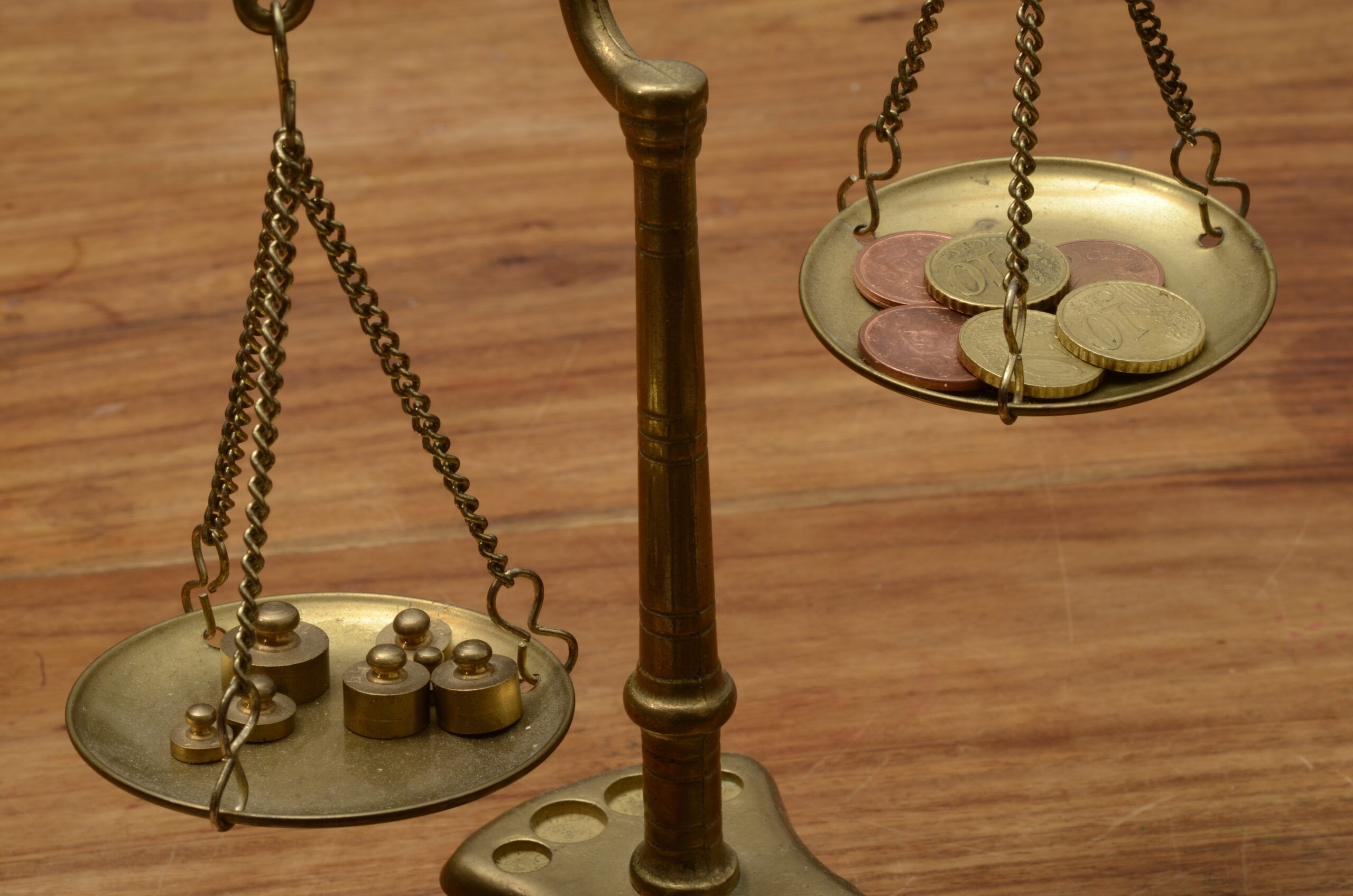A Gold IRA, also known as a precious metals IRA, is a type of self-directed retirement account that allows investors to hold physical gold, silver, platinum, or palladium bullion or coins as part of their retirement portfolio. Here are some of the pros and cons of investing in a Gold IRA:
Pros:
- Diversification: Gold can provide a diversification benefit to your portfolio, as it typically has a low correlation to other assets such as stocks and bonds. This can help reduce your portfolio’s overall risk.
- Hedge against inflation: Gold has historically been a hedge against inflation, as its value tends to rise during periods of high inflation.
- Safe haven asset: Gold is often considered a safe-haven asset during times of economic uncertainty, as it has a long history of retaining its value even during periods of market volatility.
- Tax advantages: Gold IRA accounts offer tax advantages similar to other retirement accounts, such as Traditional IRAs or 401(k)s.
Cons:
- High fees: Gold IRAs can come with higher fees compared to other retirement accounts, including fees for storage and management.
- Limited liquidity: Unlike stocks and bonds, gold can be less liquid, which means it may be harder to sell quickly and at a fair price.
- Market risk: The price of gold can be volatile, and its value can fluctuate based on supply and demand factors.
- Counterparty risk: When investing in physical gold, there is always the risk of theft or loss, which can be a concern for some investors.
Overall, a Gold IRA can be a useful tool for diversifying your retirement portfolio and providing a hedge against inflation and economic uncertainty. However, it’s important to carefully consider the potential drawbacks, including higher fees and limited liquidity, before making any investment decisions. It’s always a good idea to consult with a financial advisor to help you determine if a Gold IRA is right for you.



